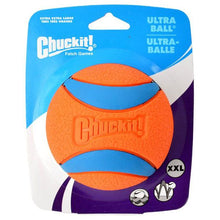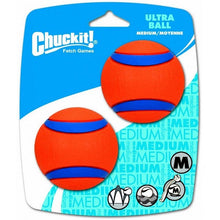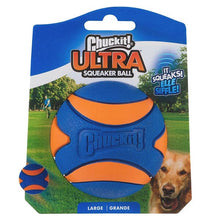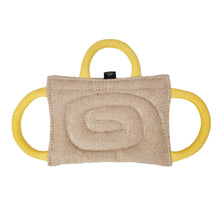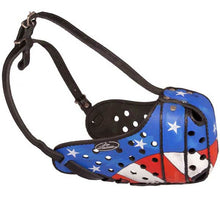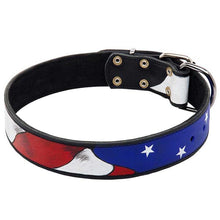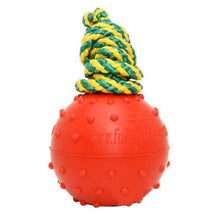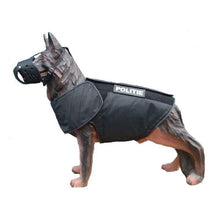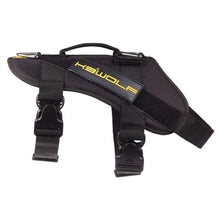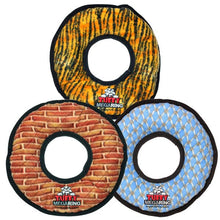Losing Baby Teeth-Things You Can Do to Help your Dog
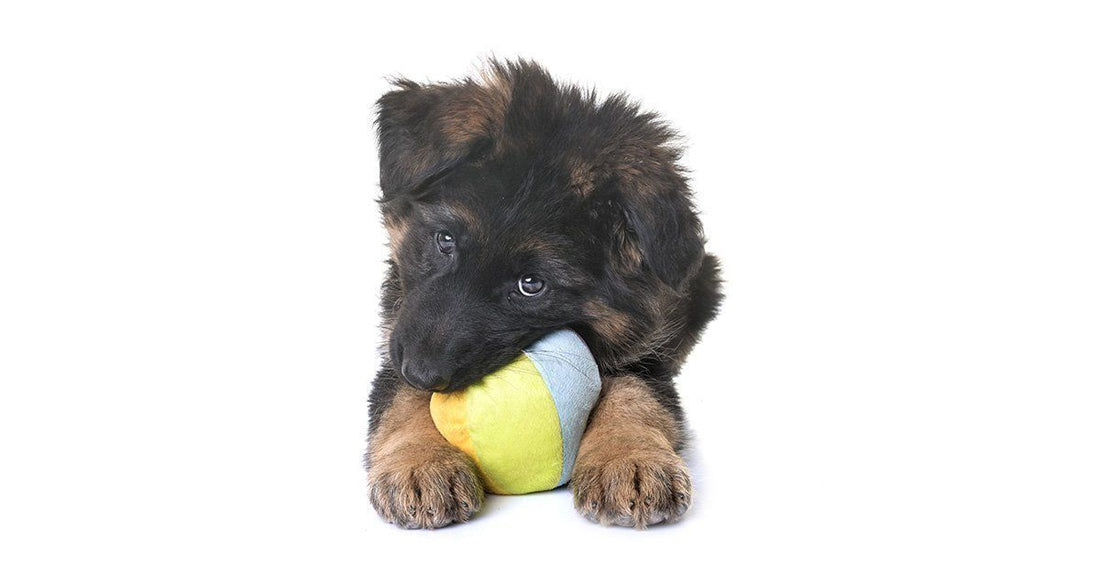
When your puppy begins teething, it’s natural for him to chew; his jaw is growing, gums are inflamed, and his mouth is painful. In his attempt to ease the pain he’s going to chew incessantly. In addition, he may be irritable, drool, and lose his appetite. Puppies are born without teeth. Their milk teeth come in when they are six to eight weeks old. They will grow a total of 28 teeth.
Puppies typically lose these needle sharp first teeth between four and six months of age. With the new teeth, come new challenges, as he starts happily chewing window sills, plants, tables, chair legs, and anything else he can get his mouth on. By the time a dog is seven to eight months old, the dog will be the proud owner of 42 teeth, including molars.
In a nutshell, between the age of six weeks and seven months your doggy shaped chewing machine is going to be in one stage or another of teething.
To get both of you through the teething stage easier, you will need a plentiful supply of chewing deterrent, such as Bitter Apple as well as:
Things you can do to help your dog when teething:
- Chew toys- appropriate for age and bite strength.
- Chew treats and bones- appropriate for age and bite strength, such as a bully stick.
- Teething toys- frozen toys you can freeze quickly to numb and soothe gums. Keep them clean by washing and rinsing thoroughly after use then re-freeze them. Take them away from strong chewing puppies.
- Kongs- can also be frozen and stuffed with peanut butter or yogurt.
- Chilled carrots- your puppy will love chewing on a carrot, limit to 1 carrot a day for a small puppy.
- Chilled fruit- such as apple slices or strawberries.
- Freeze a dishrag- wring out a clean dish rag and freeze it, make sure your rag is large enough that your puppy can’t swallow it and always supervise chewing.
- Rope toys- these are great teething toys that are easy to freeze, and they stimulate the gums. Wash after use and re-freeze while still wet. Use caution with powerful chewers.
- Peanut butter- rub a small amount of peanut butter on a toy to encourage your puppy to chew on the toy.
- Kong Wubba- tough toys suitable for tug and fetch.
- Massage- massaging your puppy’s gums when he’s sitting on your lap will help his teeth come through and soothe him. When he’s sitting beside you, hold his lower jaw in your hand and gently massage both his upper and lower gums. Also the perfect time to teach your puppy not to nip and bite you.
- Crate train- crate training your puppy will protect him and your belongings.




